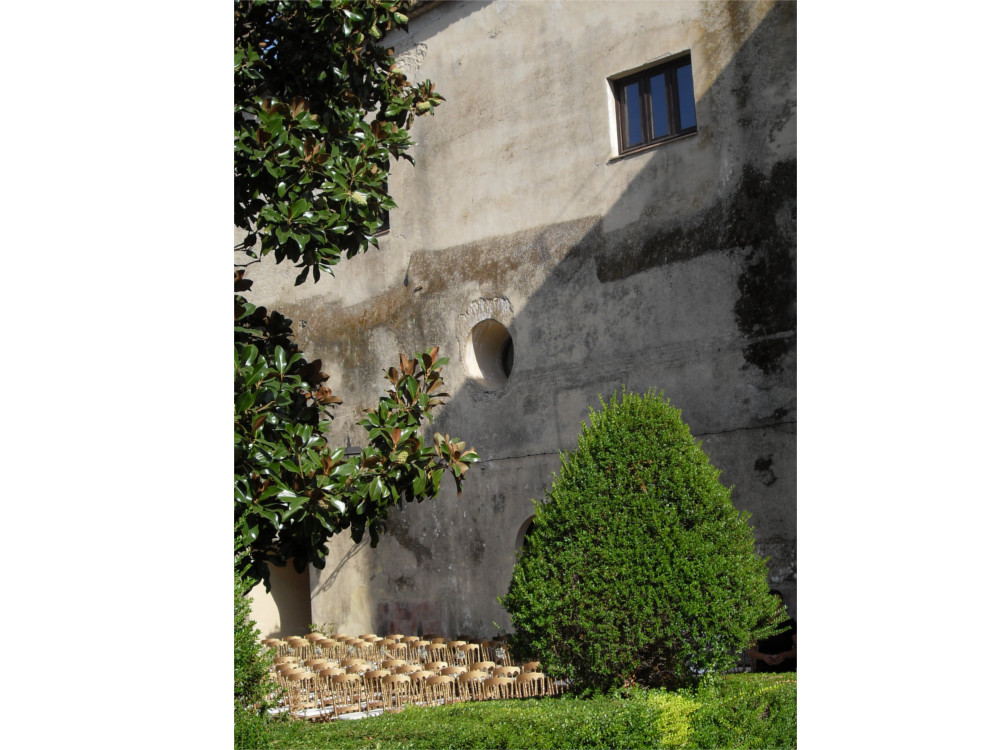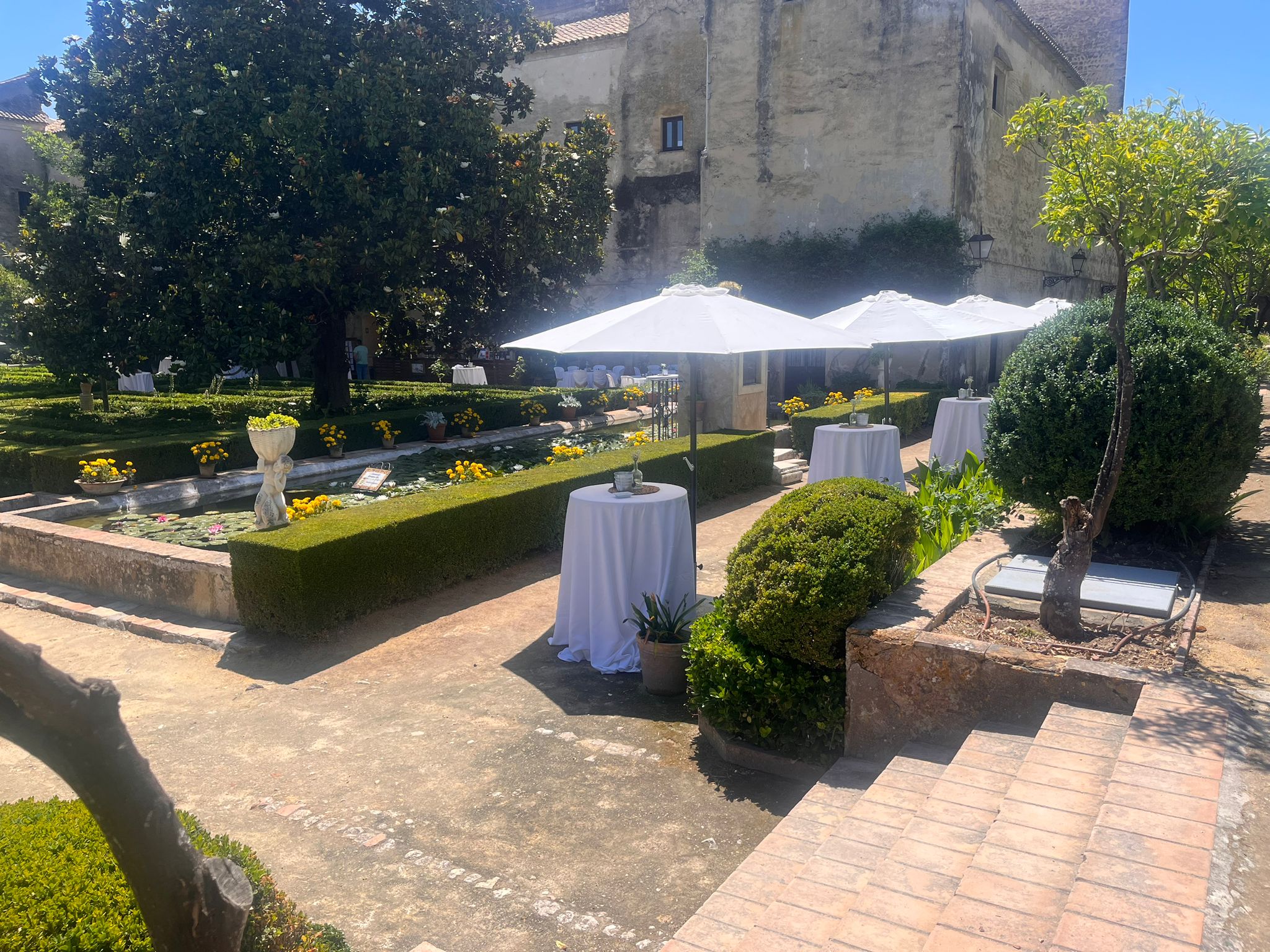Castle Palace of Ribera Family
It is structured around a cloister with a central Italian marble fountain with the Ribera coat of arms, peralted arches and a pointed balustrade.
The building is completed by the Historical Gardens and the Loggia, an outdoor art gallery.
The passage from the history of Arab domination to the Christian reconquest and the Renaissance splendor is exemplified in Bornos in the Ribera Castle-Palace.
The arrival of the Muslims meant the construction of a fortification in a place abundant in springs of water that would give its name to the Castillo de Fontanar. The surviving remains of this old castle are reduced to some wall canvases and the Homage Tower. Its interior, with a square plan, appears compartmentalized into various chambers and is made of ashlar material.
Later, with the reconquest, it was occupied by the Christians and, finally, restored and transformed into a Plateresque-style palace in the 16th century.
A large door, once plated with bronze, gives access to a large patio, surrounded by a beautiful cloister with peralted arches, above which rises a large upper gallery with similar arcades and a pointed balustrade. In the center of the patio there is a marble fountain, brought from Italy, with the coat of arms of Los Ribera, which was one of the families that best adapted to the evolution from noble-warrior to noble-cult. On the arches of the first body there are some very interesting gargoyles and in the upper north gallery there is a doorway decorated in the late Gothic style, adorned with a frieze around it made up of crude lions, mythical animals and fallen leaves. On the lintel, you can see a sash decorated with circles and carved lobes and, at its ends, two kneeling pages on ledges holding an enormous ducal crown.
In the Torreón de los azulejos there are some windows with decoration similar to that of the previous cover. This tower ends with a crest formed by fleurs-de-lis, of which some remains remain today, as well as the plaster, engraved in the Segovian style.
The building is completed by some beautiful Renaissance gardens, declared a Historical Garden of Cultural Interest, inspired by the Belvedere de Bramante, in the Vatican, which were designed by the Italian gardener Salvador Sepadano and are decorated with pools, grotesques, fountains and a range of plants. that ranges from myrtle to marjoram, passing through boxwood, cypress and orange. At one of its ends, there is a loggia, a Pompeian-style image front; the only one existing in Andalusia, with niches decorated with statues of mythological motifs, which are now in the Casa de Pilatos in Seville.
In this orchard, water is another decorative element and, although most of it has disappeared, the pool of the Secret Garden of this Ducal Palace is still preserved, in which, according to legend, the Lady of the Castle bathed to clean her body and then went to the chapel attached to the Garden to cleanse his soul.
All restoration and transformation works were carried out by Italian and Spanish artists, who were hired by the Enríquez de Ribera family in the 16th and 17th centuries. The Castle-Palace was owned by the House of Medinaceli, until in 1949 it was bought by the City Council.
































